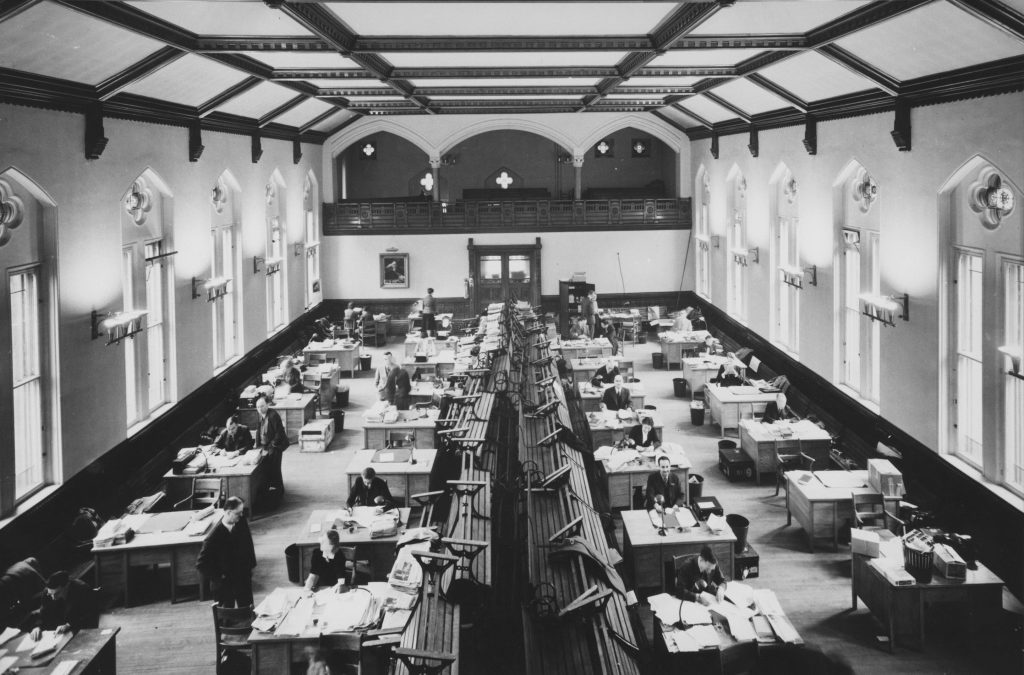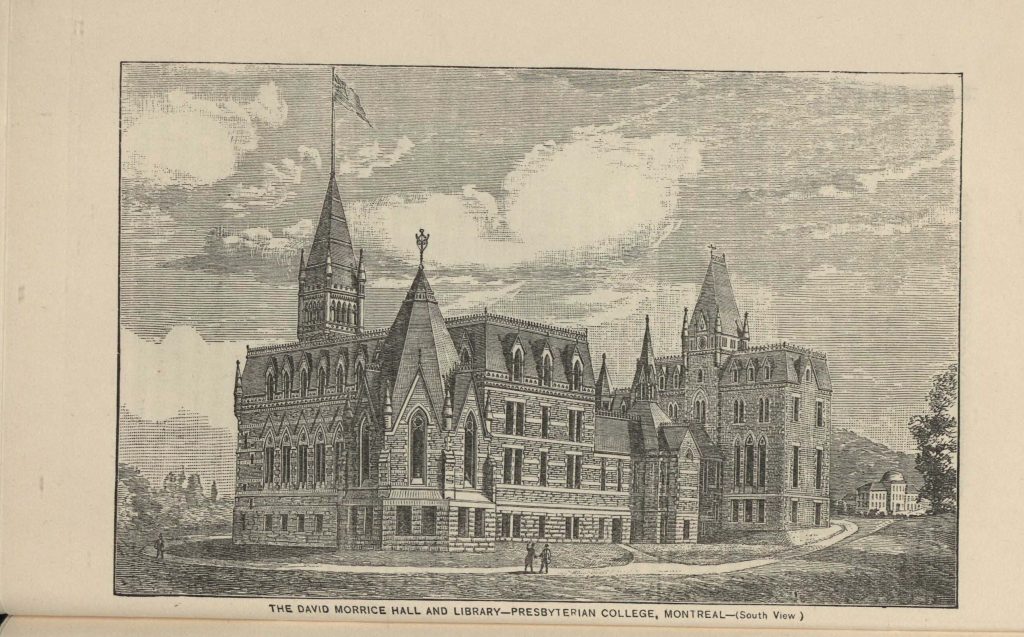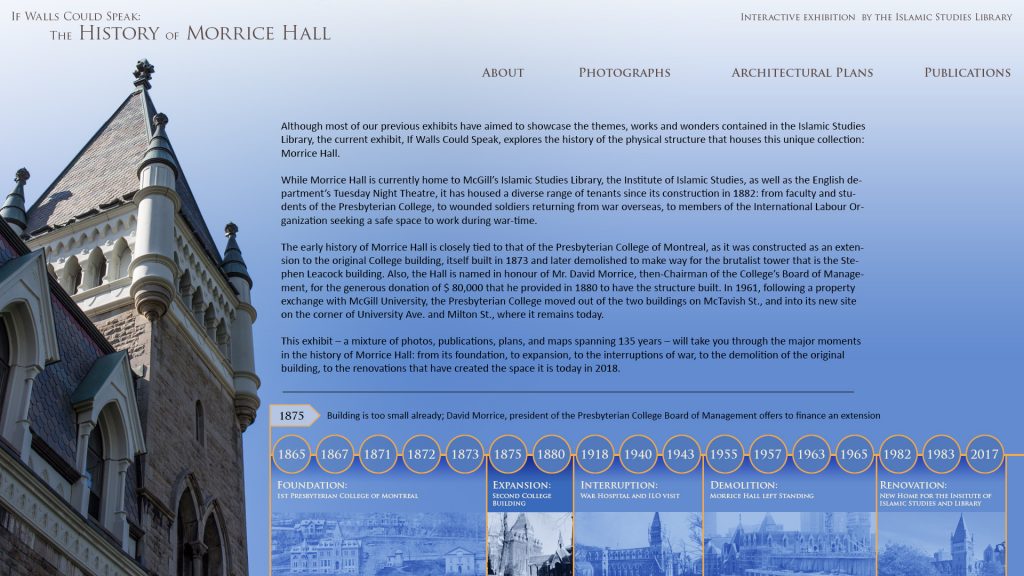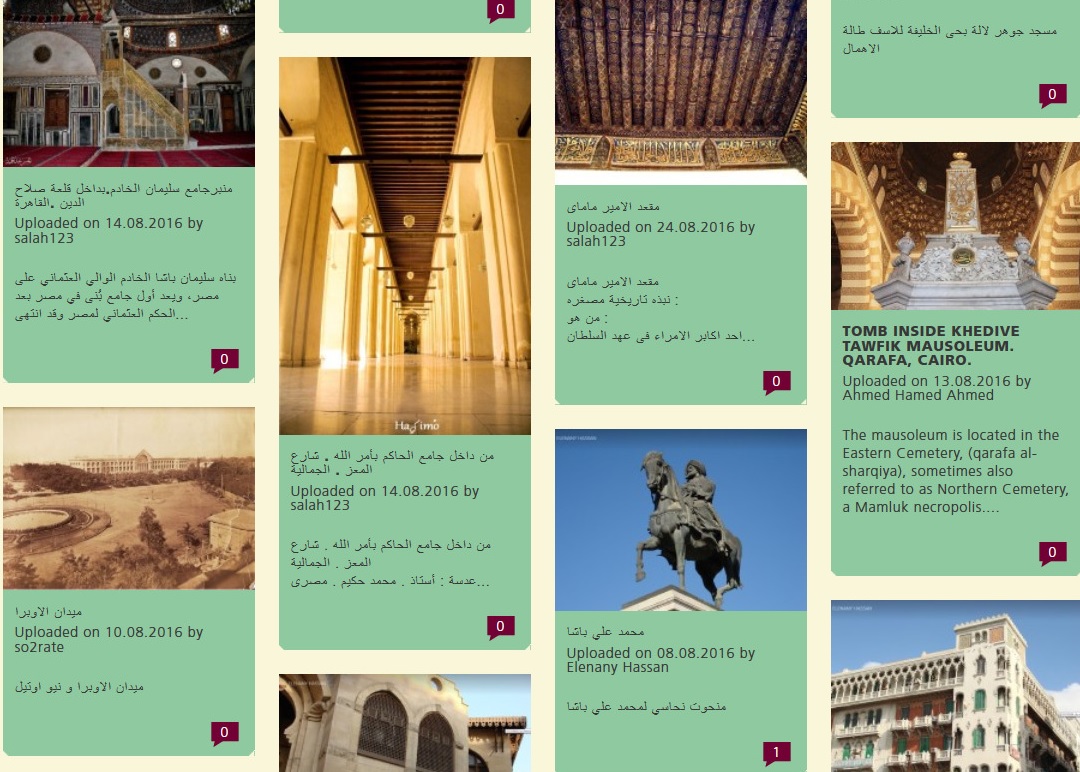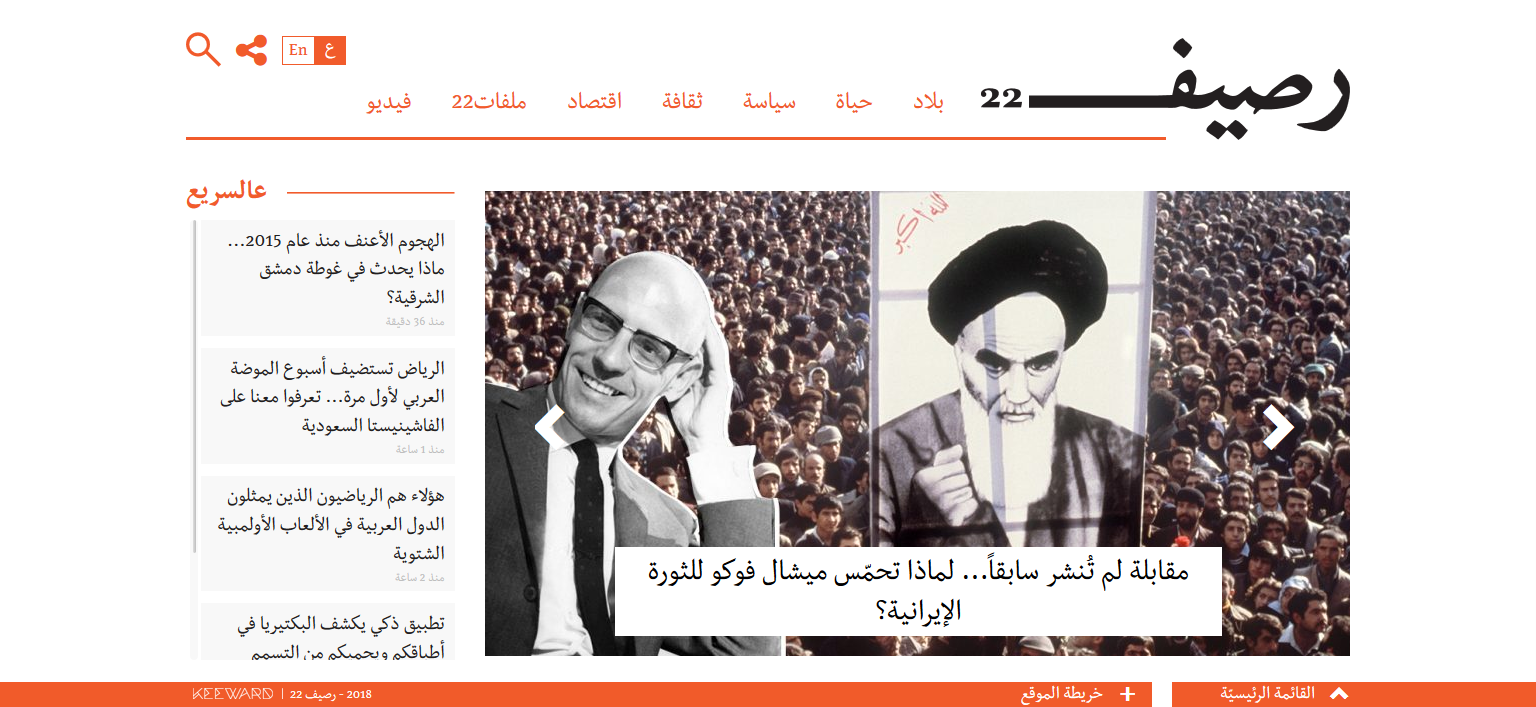Throughout the year the Islamic Studies Library acquires numerous resources, books and journals (print and electronic formats), all of which contribute to the depth of the collection.
Here we highlight just two works recently received.
Nicolai Sinai. The Qur’an: a historical-critical introduction
Edinburgh: Edinburgh University Press, 2017.
 Originally published in German (Der Koran: Eine Einführung Stuttgart: Reclam, 2017), Nicolai Sinai’s 2017 English translation now grants access to a wider audience interested in a critical academic introduction to the Qur’an. At 242 pages, the work offers a concise introduction to the “basic methods and current state of historical-critical Qur’anic scholarship”. The author surveys the historical background by briefly introducing basic features of the Qur’an along with Muhammad and the milieu of the time, before moving to Part Two to discuss critical methodology. While Part Two deals with literary coherence, inner Qur’anic chronology and the broader intertextuality of Jewish and Christian contributions, Sinai completes his analysis in application to selected themes found in the Meccan and Medina Surahs. The absence of a concluding chapter to summarise his work does not negate the value of his contributions. If you are interested in academic Qur’anic studies, then Sinai’s book is a must read.
Originally published in German (Der Koran: Eine Einführung Stuttgart: Reclam, 2017), Nicolai Sinai’s 2017 English translation now grants access to a wider audience interested in a critical academic introduction to the Qur’an. At 242 pages, the work offers a concise introduction to the “basic methods and current state of historical-critical Qur’anic scholarship”. The author surveys the historical background by briefly introducing basic features of the Qur’an along with Muhammad and the milieu of the time, before moving to Part Two to discuss critical methodology. While Part Two deals with literary coherence, inner Qur’anic chronology and the broader intertextuality of Jewish and Christian contributions, Sinai completes his analysis in application to selected themes found in the Meccan and Medina Surahs. The absence of a concluding chapter to summarise his work does not negate the value of his contributions. If you are interested in academic Qur’anic studies, then Sinai’s book is a must read.
The Islamic Studies Library holds a wide range of works related to Qur’anic studies in a number of languages. The collection is accessible to the public.
Francisco del Río Sánchez. Arabic manuscripts in the Maronite Library of Aleppo (Syria) Barcelona: Universitat de Barcelona Edicions, 2017
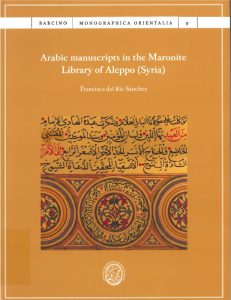 Offered as the third of three volumes, all of which detail the manuscript holdings in the Maronite Library of Aleppo, this last volume completes the catalogue inventory (more than 1640 items). The first two volumes respectively catalogued manuscripts in Syriac and Karshuni (Arabic using the Syriac alphabet) with the final volume devoted to Arabic manuscripts. This latest volumes covers 1596 Arabic manuscripts, along with 50 images and includes an index for all three volumes (manuscripts in Arabic, Latin Script, Greek, Syriac and Karshuni). Aside from ecclesiastical works such as Biblical texts, theology, history and philosophy, the collection also contains works from Muslim authors which reflect the needs and interests of the local community between the 16th and 18th centuries and beyond.
Offered as the third of three volumes, all of which detail the manuscript holdings in the Maronite Library of Aleppo, this last volume completes the catalogue inventory (more than 1640 items). The first two volumes respectively catalogued manuscripts in Syriac and Karshuni (Arabic using the Syriac alphabet) with the final volume devoted to Arabic manuscripts. This latest volumes covers 1596 Arabic manuscripts, along with 50 images and includes an index for all three volumes (manuscripts in Arabic, Latin Script, Greek, Syriac and Karshuni). Aside from ecclesiastical works such as Biblical texts, theology, history and philosophy, the collection also contains works from Muslim authors which reflect the needs and interests of the local community between the 16th and 18th centuries and beyond.
The Islamic Studies Library houses numerous catalogues of manuscripts in a variety of Islamic languages. Manuscripts that are held at McGill can be found at Rare Books and Special Collections on the fourth floor of the Humanities and Social Sciences library.


